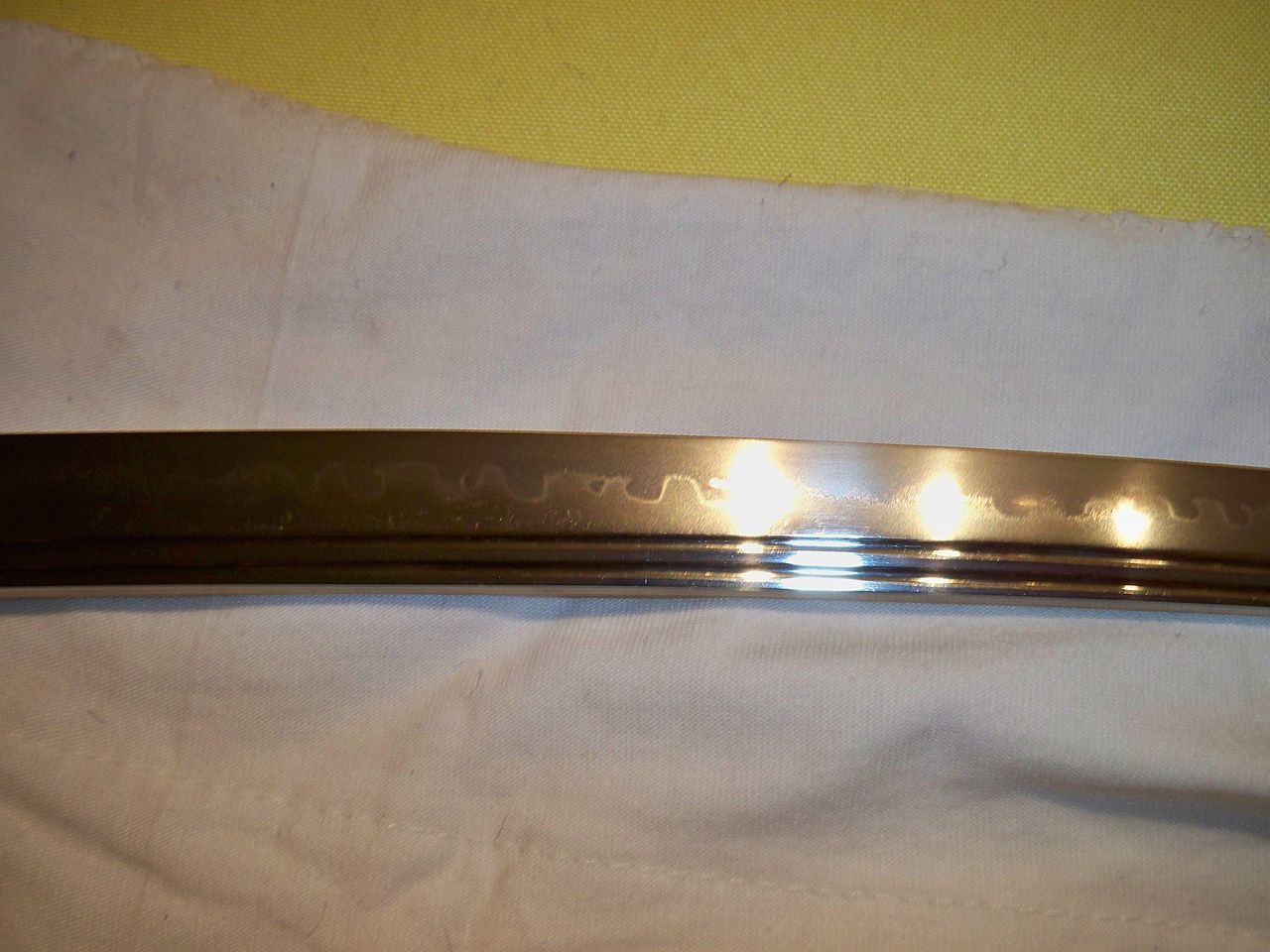Ihr Warenkorb ist leer


Forging high-quality traditional Japanese swords from base materials wasn't an easy process. During feudal Japan, bladesmiths often invented over two weeks of their time and energy to make a single katana. In some cases, bladesmiths would spend months forging katanas. Of course, this wasn't restricted to katanas. Japanese bladesmiths would invest the same amount of time and energy into forging other swords, including the wakizashi, tanto, tachi and more. While forging a new sword, however, Japanese bladesmiths would aim to achieve the four following characteristics, all of which signify a high-quality sword.
#1) Strength
High-quality traditional Japanese swords were incredibly strong and able to withstand significant pressure without breaking, cracking or otherwise succumbing to damage. Prior to Japan's feudal period, bladesmiths in the region made swords out of bronze. They would pour molten bronze into die molds, and after the metal had cooled, they would remove the blade-shaped bronze mold for use in a sword. Bronze swords such as these weren't particularly strong, though, so bladesmiths eventually transitioned to the use of iron and steel, allowing for a superior level of strength.
#2) Flexibility
Bladesmiths in feudal Japan also forged swords with an emphasis on flexibility. They realized that swords must be able to flex under pressure. Otherwise, they would break and require repairing. To overcome this challenge, Japanese bladesmiths used differential heat treatment to produce high-quality swords. With differential heat treatment, a thick layer of clay slurry is applied to the sword's spine while little or no clay slurry is applied to the sword's edge. While the sword is still hot, the bladesmith then quenches it in water or oil, allowing the spine and edge to cool at different rates, thereby making the spine flexible.
#3) Hardness
While similar, strength isn't the same as hardness, and it's important for swords to have both of these characteristics. Strength generally refers to an object's ability to withstand stress, whereas hardness refers to an object's ability to prevent deformation. If a sword isn't hard, it may deform under pressure. It won't necessarily crack or break, though it may deform by bending.
#4) Balance
Finally, high-quality swords are designed to be balanced. In other words, they shouldn't be top heavy, nor should they be bottom heavy. In feudal Japan, bladesmiths forged swords so that they were properly balanced, allowing samurai warriors and martial arts practitioners to wield and use them with greater ease. If a sword wasn't balanced, it was discarded and used as scrap material for other swords.